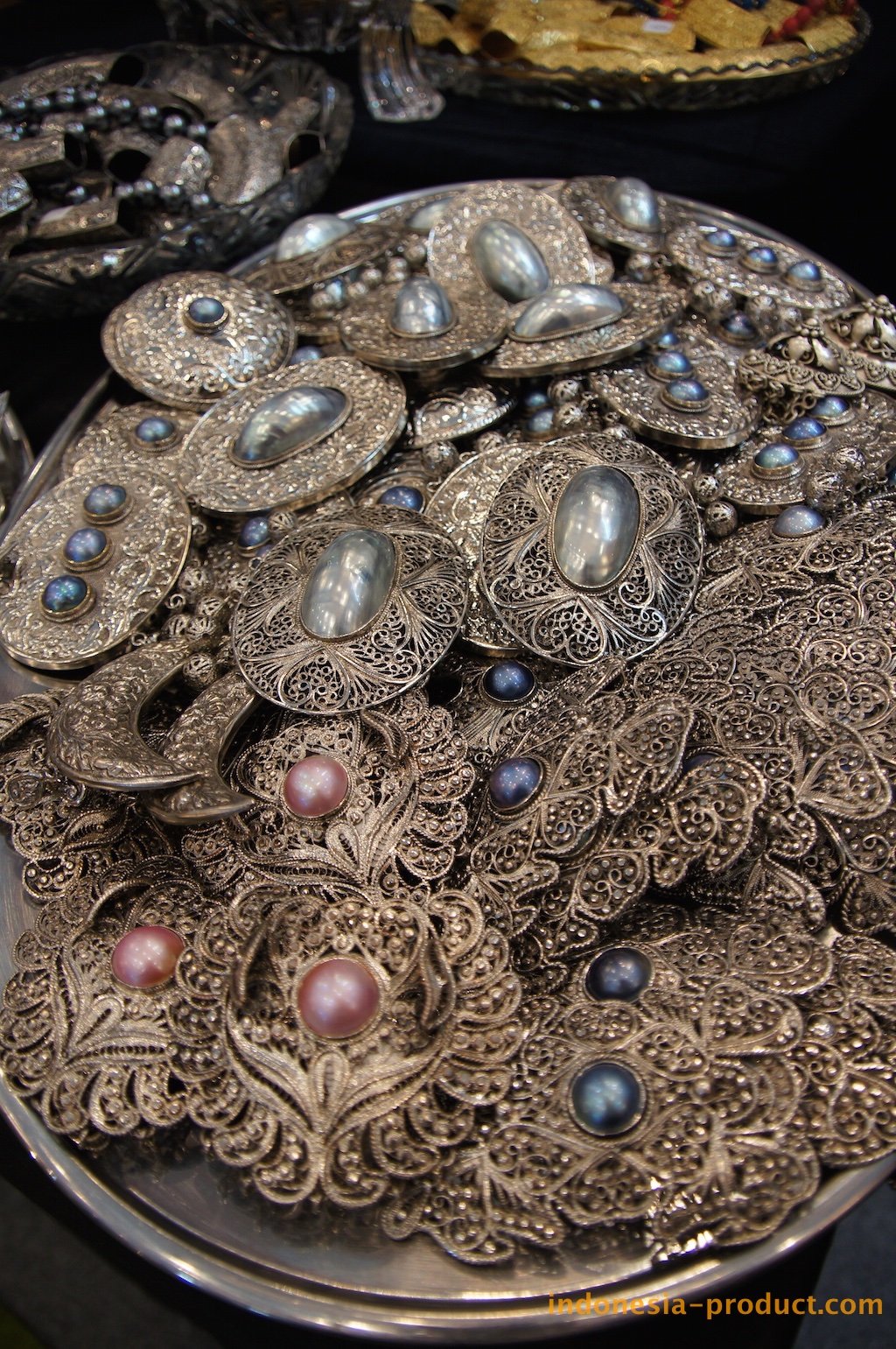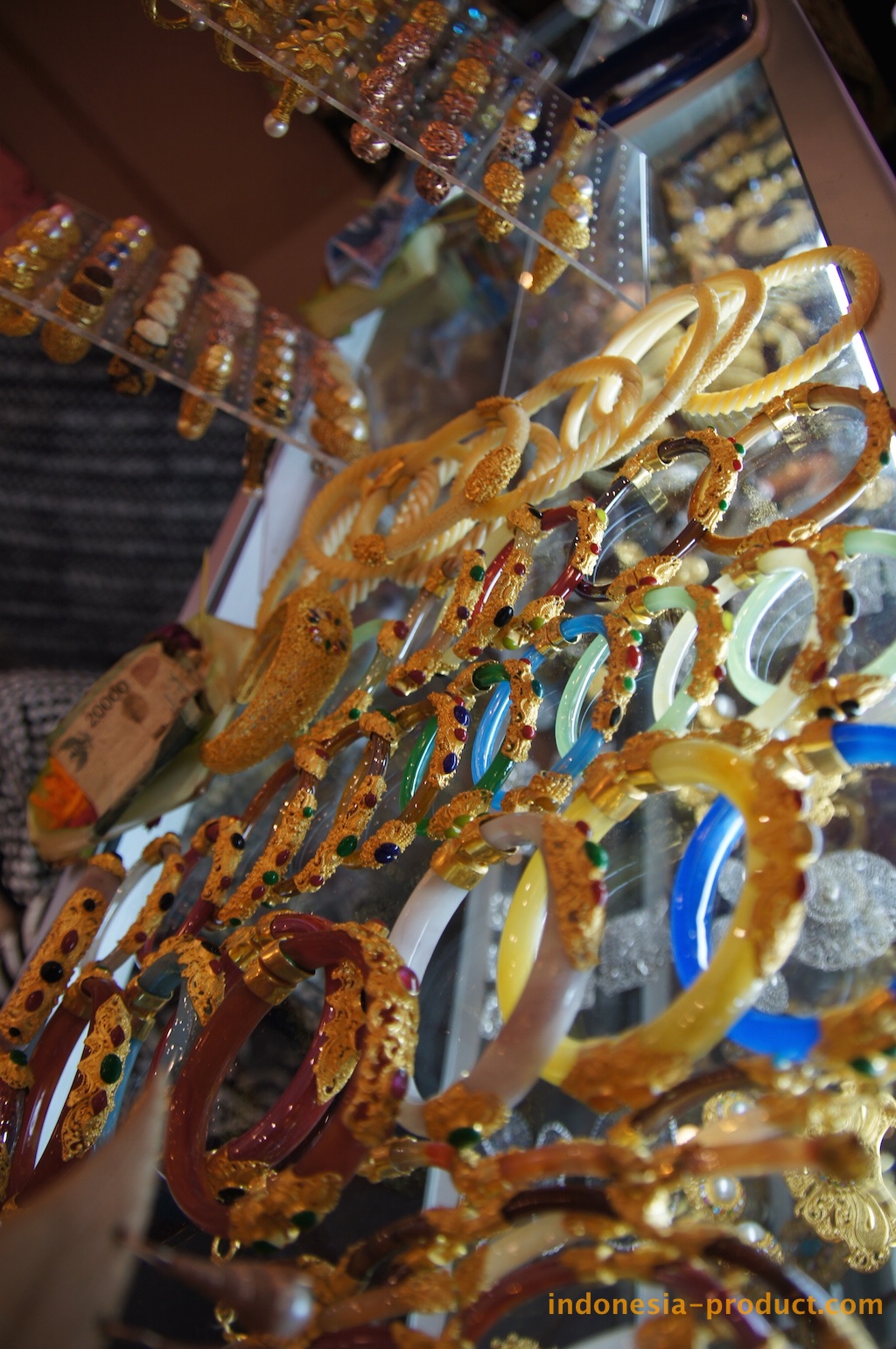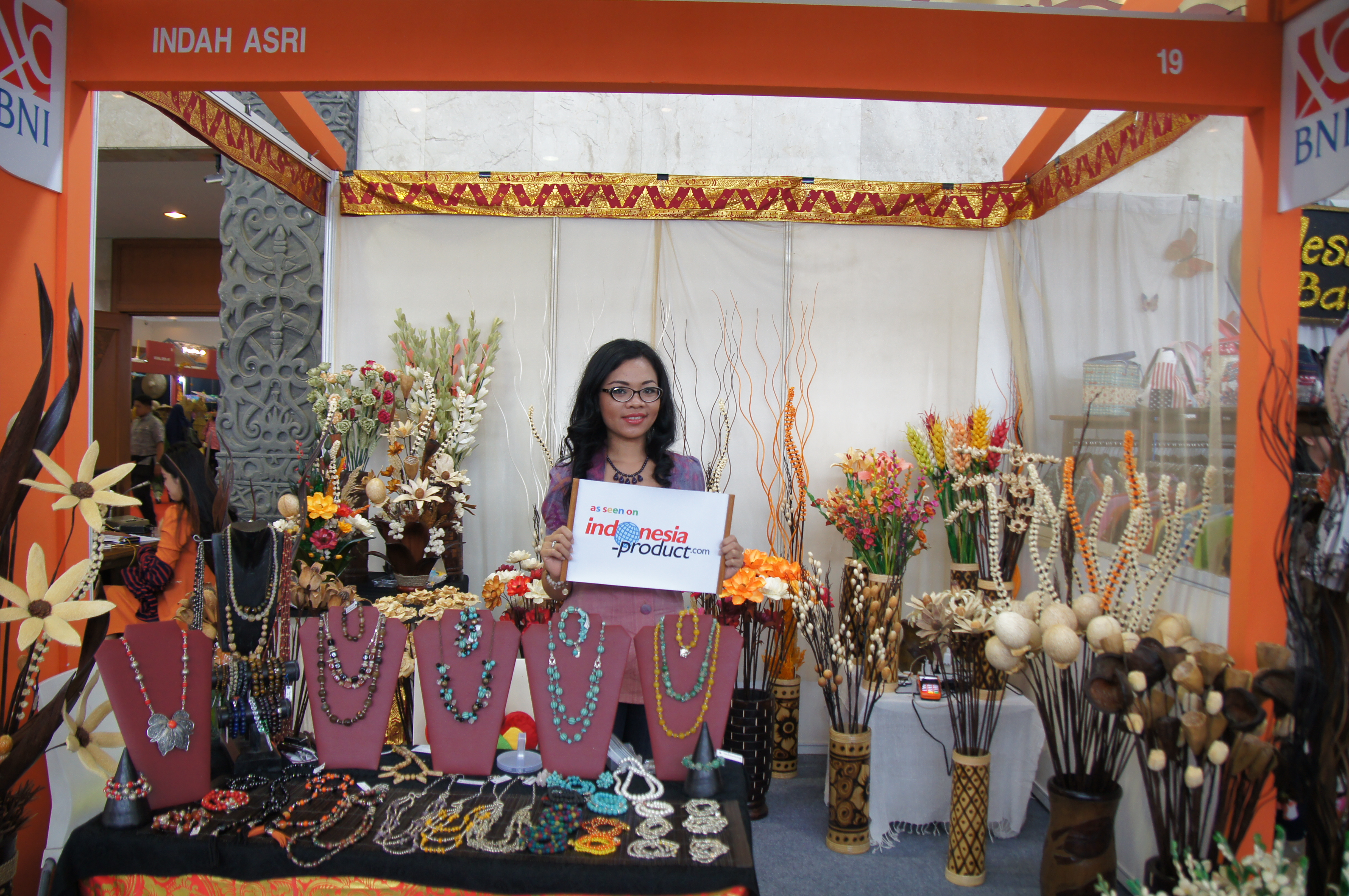‘Baubles, Bangles, and Beads’ at Yale
Waterbury Republican-American
Tuesday, February 21, 2006
BY TRACEY O’SHAUGHNESSY
Copyright © 2006 Republican-American
As long as there has been vanity, there has been jewelry. Even in a country founded by Puritanical ascetics, a little bling went a long way.
Jewelry has always been a way to preen and intimidate, but it has also been one of the most practical ways to transport wealth. Money burns and blocks of gold don’t pack well, but a few baubles in a secret sack can really take you places.
The Yale University Art Gallery’s current exhibition “Baubles, Bangles, and Beads,” tries to go a little beyond bling to a deeper meaning behind jewelry. Unfortunately, the exhibit lacks the searing insight the art gallery has given to other exhibits of jewelry, notably its captivating “Love and Loss” exhibit a few years ago. That exhibit examined the role of mourning jewelry in public life and was as intellectually satisfying as it was personally poignant.
The current exhibit might have been saved by a little more of a “Wow” factor, but as it is, Yale does not have much in the “zowie” department when it comes to jewels. That doesn’t mean it’s not worth a peek, it just means if you’re looking for dazzle, you might try the Crown Jewels in the Tower of London.
The small exhibit is divided into three sections: Personal Adornment, which is the reason most of us wear jewelry; mourning and remembrance, which looks at jewelry worn to remember loved ones; and cultural and social organizations, the icon-heavy regalia that such organizations employ to give their club gravitas.
Erin E. Eisenbarth, acting assistant curator of American decorative arts, has assembled something of a survey of American art, the best of which are the archaic baubles from the Victorian era that merged form and function.
The chatelaine, for instance, a tiny little bag that hung from the waist, was big enough to hold a hankie (or a dose of laudenum) but far too small to hold anything bigger than a key. When the key went out as a status symbol (Keys, after all, conveyed that you had something valuable enough to lock), so did the chatelaine. The gorgeous Train Holder, from 1907, is a stunning gold-plated ring attached by a series of links to a clamshell-shaped clip. The wearer would place the ring on her finger and use the clasp to lift her train. The charming object went out of fashion with long dresses, which became passe as American women entered the workforce in World War I.
Similarly, an obelisk-like Tiffany & Co. needle-case (circa 1900-1930) is lovely to look at but as obsolete as a match safe. Ingenuity has always played a part in American manufacturing, and that included jewelry making. What’s stunning in the exhibit is how zealously Americans embraced the fakery of costume and machine-made jewelry after the Industrial Revolution.
Most of the colonial-era jewelry here either came over with the early settlers or was made in Europe and shipped here. American jewelry makers simply didn’t have the extravagant tools that made European jewelry so coveted. The economics of jewelry-making simply didn’t support such opulence, said Eisenbarth. Silversmiths and Goldsmiths like Paul Revere or Myer Myers were much better off making spoons and tea services — something their customers could use.
But Americans quickly learned that a simple piece of jewelry — dress clips, for instance, or hair combs, could change the look of an outfit completely, giving an old dress new life. That became particularly important during the Depression, when anything that could give a woman a lift was embraced with enthusiasm. Some of the exhibit’s stranger items — a copper poodle pin, aquamarine fake pearls — were produced in this era.
A good portion of the exhibit is made up of costume jewelry — some of it bizarre, like the old “poppet” necklaces from the late 1950s, and some of it quite lovely, like Pauline Trigere’s Gold Peanut Bib and Choker, a halter-shaped series of gold links that suggests chain-mail.
The final and most haunting part of the exhibit focuses on mourning jewelry.
Cufflinks that feature the faces of dead parents or a locket that features the cherubic face of a toe-haired child, dead too soon, are a disquieting reminder of the high mortality rates of the 18th and 19th century.





